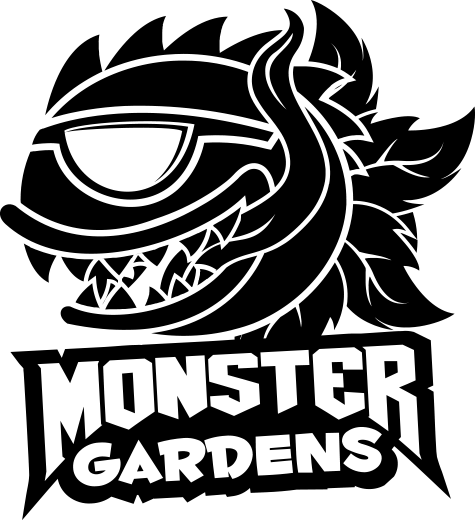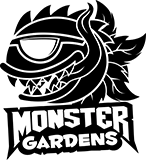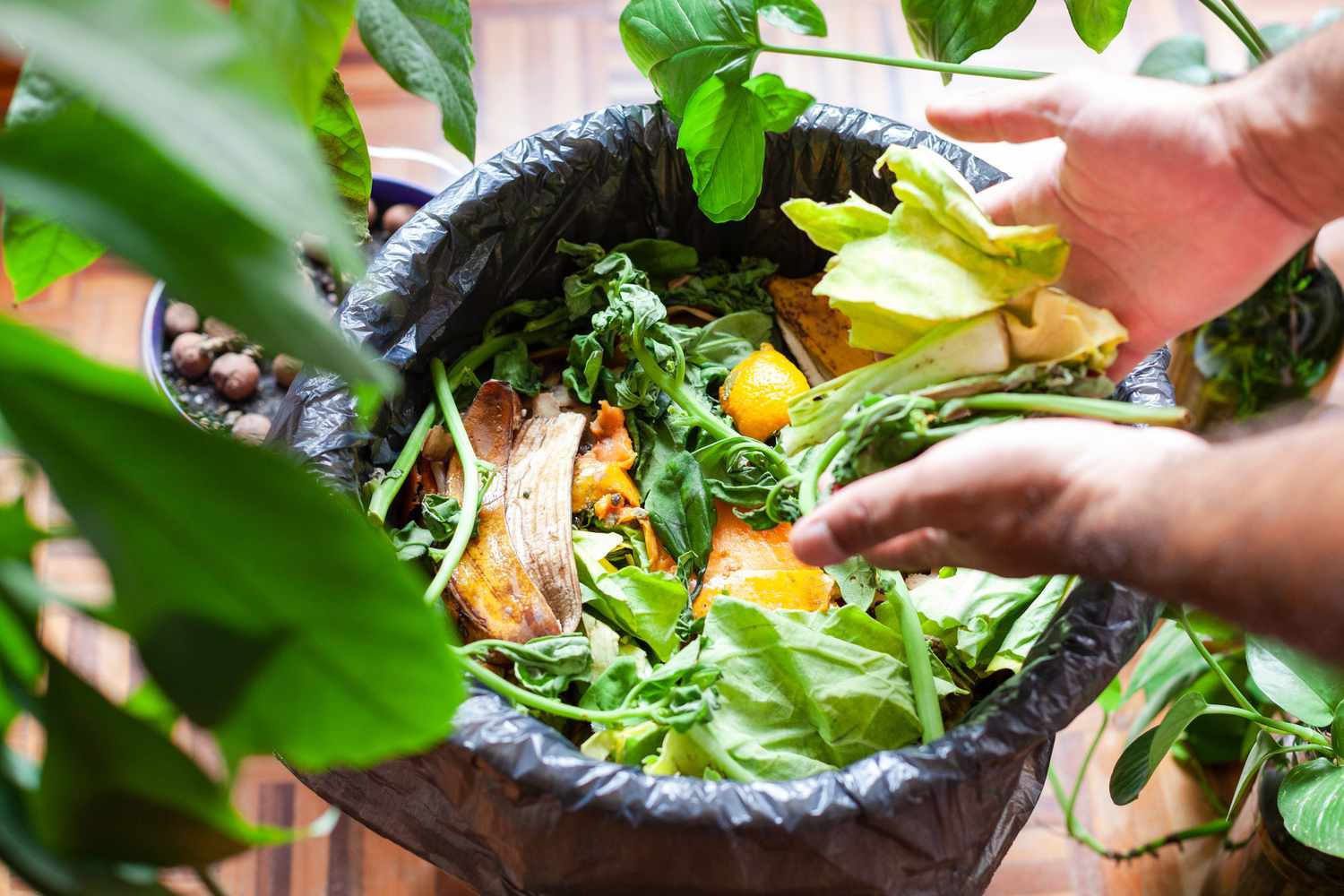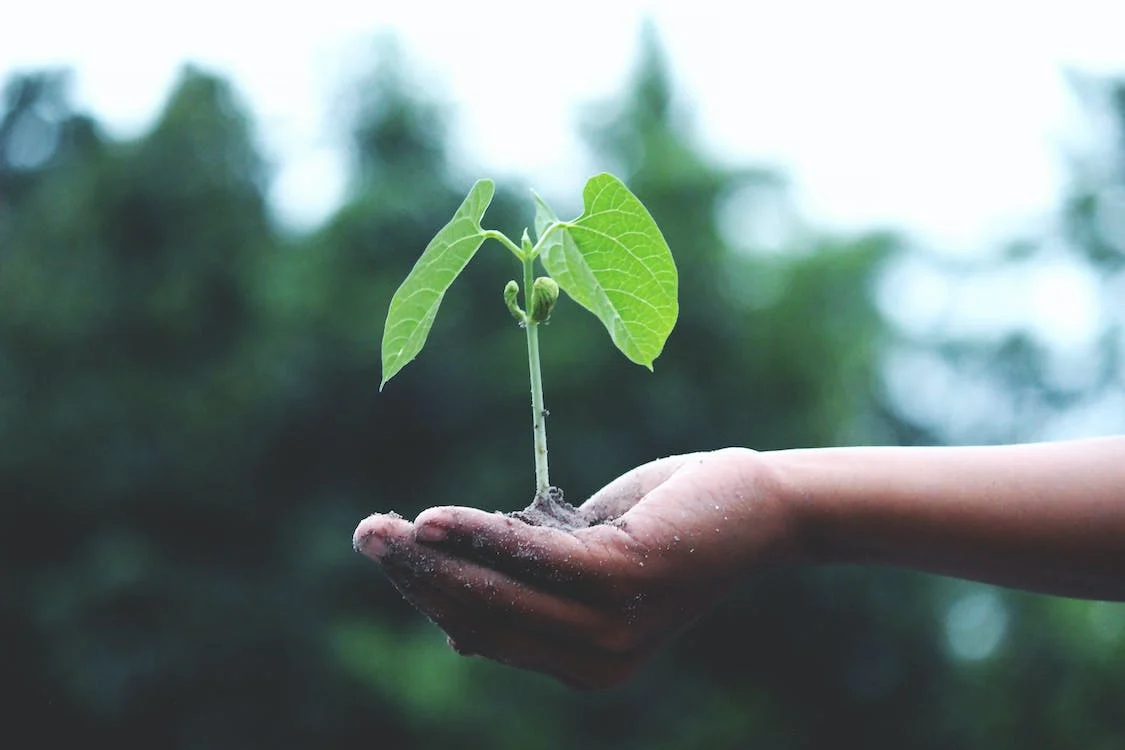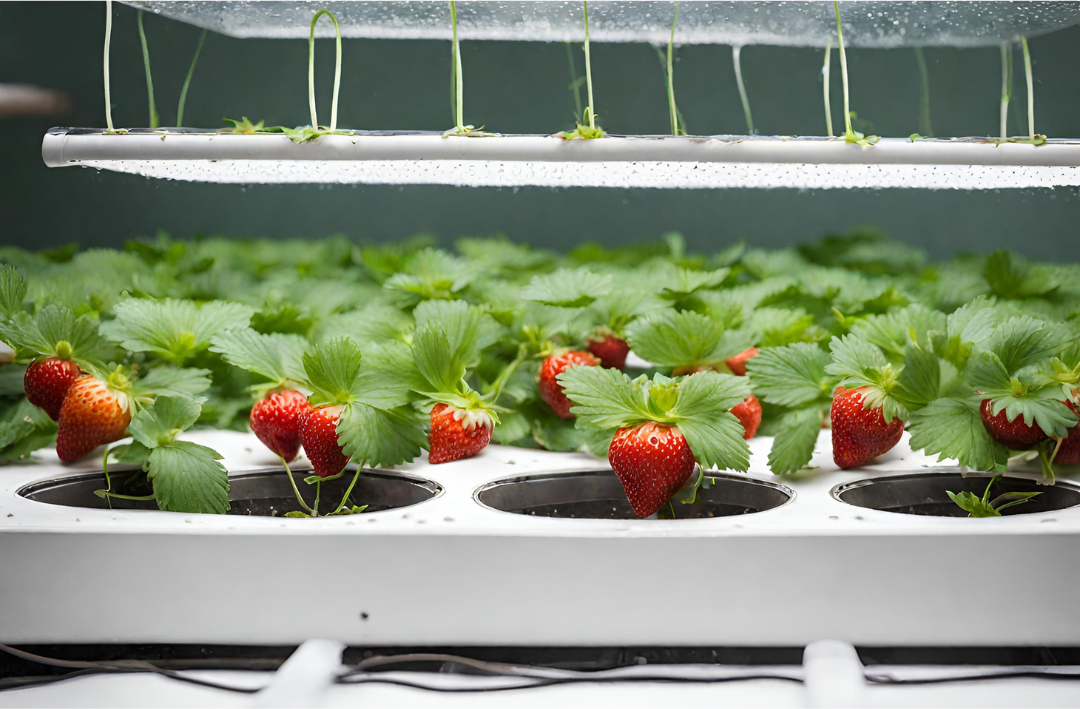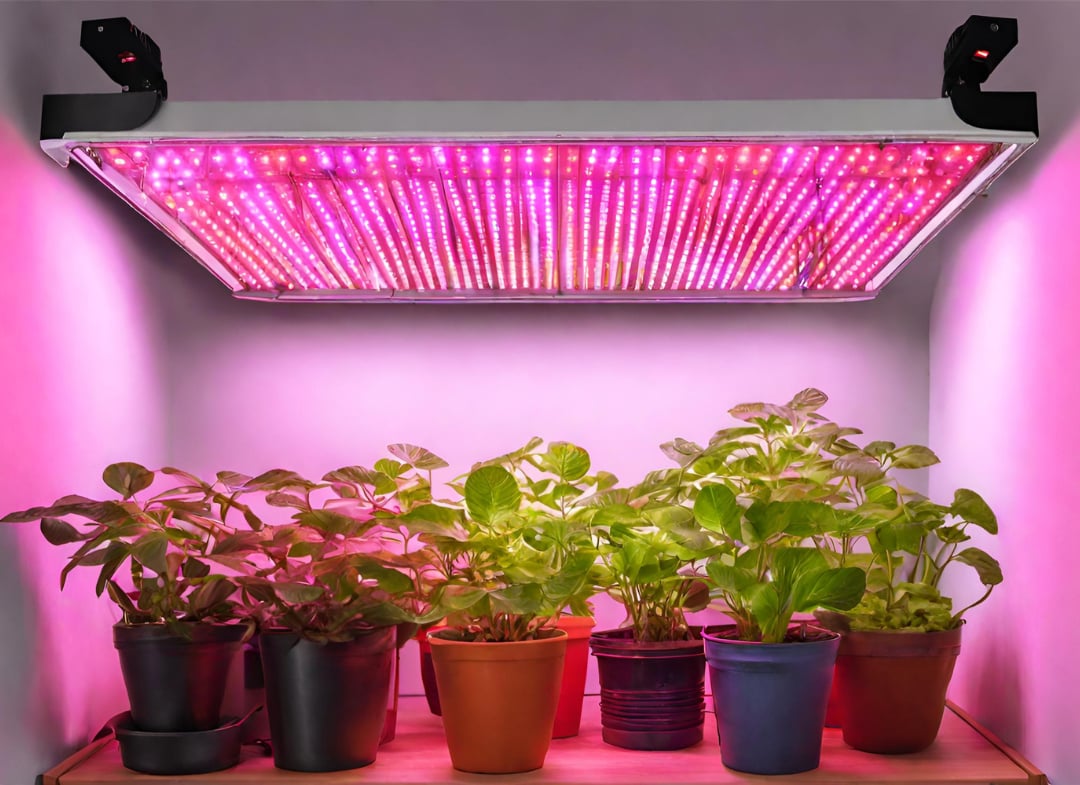
Grow Lighting Basics
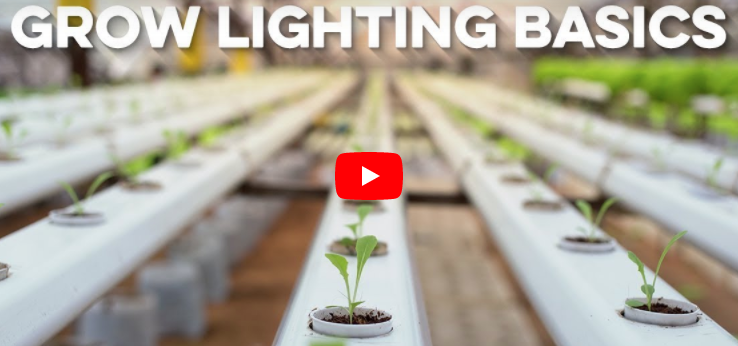
TRANSCRIPT
[00:00:10] The good, the bad about Grow lighting the best use and application for each; flowering, or lack thereof.
[00:00:17] We're going to talk about a lot of different things as far as lighting amongst HIDs, and that involves High Pressure Sodium, Metal Halide, Double Ended High Pressure Sodium, fluorescence, including T5, T8s. Yes, those older fixtures that used to use T12s, CFLs, Induction Fluorescence, LEDs, plasma lighting, LECs, or commonly known as Ceramic Metal Halides.
[00:00:40] There you go. So here is a very interesting topic. It's a question we get all the time from commercial and residential growers. What is the best grow light for my application? And that's a complicated question. There's a lot of elements involved. We can attack it from so many different angles. We can attack it from the angles of what type of grower they are, what size of a room they have, or what their goal is.
[00:01:01] But let's just go down and talk about each light, because that might be a more efficient way, and how that might fit different applications. So, do you mind starting, Steve, with what you think the most important to start with?
[00:01:11] The most common is definitely the High Pressure Sodium: that's going to be the tried and true flowering lamp. Although a lot of people still use them for vegetative growth, it's just known to be the most commercial fixture. It has a very broad spectrum, but still has peaks and valleys. I mean, it's mostly dominant in the yellow-red spectrum, which is very conducive for flowering. Metal
[00:01:30] Halide is also classified as an HID lamp, but it's going to be more halogen gas, which is going to emit more of an ultraviolet blue radiation. So most people think of MH (Metal Halides) for vegetative growth or using them supplementally with their HPS lights. So, the big thing is just knowing the difference between the two. I mean, the quality of light that comes out of both these lights is very broad. So that's why you can use them in either setting. However, the difference of the spectrum is favored: more veg for MH, versus flowering for HPS. The double-ended bulbs have become extremely popular because of the little higher intensity. They operate at a little larger of a voltage, and so it's going to be a little more efficient as far as the use of power, while still having a bit broader of a spectrum than the standard single-ended HPS.
[00:02:16] And they even have in the DE world now Metal Halides, which are more like these mining lamps that have been adapted, and people are using in the grow industry. They don't last very long. But DE lamps in general, the HPS, do provide what we've tested--about 8 percent to 12 percent higher efficiency over the highest single end that we've tested. Double Ended lamps give the advantage of having an arc tube that supports both sides. Therefore, it provides no shade spot where the arc tube is. But it also actually supplies a little bit more light output as well. Because it's in double-ended mode inside the fixture itself, it keeps the slouch that we see in older reflectors right off the mobile socket from happening. So you get the light to be as balanced in the reflector.
[00:03:03] It's providing an even light footprint as possible. So DE has definitely brought some commercial advantages to the existing HPS market. HPF Steve, don't you agree? Which makes up roughly 98 percent of our total market that we see and come in contact with?
[00:03:18] Definitely, I was going to say, well above 90 percent.
[00:03:20] And so there are a lot of other products available on the market.
[00:03:23] And, if you're flowering plants and you're doing it commercially or you're doing it basically for flower size and for your commercial ability of that flower or fruit, you're probably going to be looking at the HPS to do the load of the work. Metal Halides, like Steve said, I agree, vegetative--mothering especially--I think Metal Halides, the best niche right now is for mothering because you're growing tall plants. You need high intensity, great brands available on the market to give our awesome output. Genesis is one of those brands that we really stand behind, is our favorite mother lamp for the price--as well for the performance. But, we also know fluorescents do a great job of vegetating plants as well, would you agree?
[00:04:05] Fluorescents have been very common for veg just because, I mean, they don't produce as much heat. And so a lot of times people don't need as large of an exhaust fan, especially you don't have to worry about air-cooling them. Granted, they do generate some heat still, because they are individually 54 watts. So, I mean, they they add up, about the same time directly off the bulb itself it doesn't seem overly warm compared to an age HID. And so I see them more as vegetative for smaller plants, doing them in like a rack type system where they can stack many plants into a given area, commonly for cloning or propagating plants or young seedlings; that's when fluorescents have really started off to become very popular.
[00:04:43] Yeah, so T5s are very popular. I personally recommend T12s actually still for cloning. You'll get the clones really close to that T12.
[00:04:51] T5 is a little intense.
[00:04:52] It is a little intense, or we would see as growers trying to propagate clones and they've raised their T5s, like, three feet off the plants.
[00:04:58] Right.
[00:04:59] And it's not a good efficiency of light. So, if you're just using the light strictly, or that bay on the rack for propagating clones, you might want to look at T12s still, and they still have horticultural spec T12s available on the market.
[00:05:14] CFLs, we see people use CFLs. Typically, it's a residential type of gardening application; the problem with CFLs is, one, they slouch, and they don't tend to have that life span that's stated on the box for whatever reason. So I'm not a big fan of CFLs at all. It's outdated. And whenever you have them in a non-vertical operation, they always slouch, especially those larger ones, 120 watts, or 240 watts.
[00:05:36] Those things are ridiculous: those giant, round 240 watt CFL that everybody had.
[00:05:41] I'm probably speculating that that was probably the biggest electrical hazard product I've seen come out on the market. We've seen an evolution with induction fluorescence, which is a fluorescent. It's a little different. Mind explaining a little bit of that technology, Steve?
[00:05:55] Well, what the biggest thing that you'll notice is a very even distribution of the light. That's with any fluorescent, as you know, it's a long tube. And, so you're gonna have even distribution. You won't have just one single focal point. So with the induction fluorescent, it's an oval shape. And so what it does, is it has two magnets on either side that basically help drive the gas. You're going to have still gas rotating amongst the tube, but the magnet that's inside is what's mostly driving it, and it basically igniting that gas--
[00:06:22] It's electrode-less. Right. It using the magnet instead of an electrodes, but--
[00:06:27] Well, it still has a ballast. But yeah, exactly. Doesn't have the dual electrodes on the ends. Those two prongs that you'll see essentially you screw into the socket.
[00:06:35] It's almost like a permanent type of...because the bulb is supposed to last for ten years. So, in reference to things like a T5 or T12 bulb, your bulb is going to last an extremely long time. And it has a detachable piece of mercury, which is kind of cool because, you know, in 10 years when you go to replace, you can attach the mercury... But the ballast that's inside of it? I don't know.
[00:06:55] Well, if a digital ballast was to last up to 10 years, not many these lighting companies would even be in business.
[00:07:01] Yeah, we recommend at Monster Gardens--even for standard HID digital ballasts--is that growers will get about three to five years worth of use: about the time of their warranty.
[00:07:08] I was going to say, "isn't it funny how that's the warranty period.
[00:07:10] And so, you know, they get brittle. They have a lot of microchips that are cooled, but they still are hot, and over time things degrade. It's funny, even used ballasts--be careful buying used digital ballasts, because when they start moving around after they've sat situated in a grow for years, just cooking and cooking and cooking, night after night, they become brittle. And the moment you take, like, a really established digital ballast that's been sitting on a grow room for a really long time down and you move it around to like another grow... we've had growers go, "wow, I see this huge failure rate in my ballast that I've been using for three years that I just moved to another place." It's because they're really brittle by the time they've been heated up that many times. It's really interesting, often it's an experience we've seen. But specifically-- I'm sorry, I'm getting off topic—fluorescence. Induction fluorescence, we don't see the ballasts lasting that long, but I've tested the output of induction fluorescence, watt to watt, over a T5: and, I see about three to five percent efficiency over T5, but not enough to warrant the cost. Because the natural fluorescents are quite costly. But what I liked over T5s for vegetative growth, for vegging clones... I thought that was the perfect niche, because you have a plant that's—not like a mother, where it's extremely tall and you need depth penetration--you have a plant that's maybe up to a foot or two feet tall, and you can get great growth with T5. Tight internodal spacing, great flower development. But, you also get an even distribution of light; from one end of the rack, to the other. No plant rotation like you would have the 400 watt Metal Halide, or something similar, if you're using that. I mean, you can have a great veg room with Metal Halides if you have a lot of them stacked in a room. But, if you were in a smaller grow, you know, fluorescence--T5 specifically--are probably going to be your best tool. Especially with a low amount of growth space available to you, you could take a racking system and create what we used to call the "bunk-bed" type of system, where there's almost, like, different racks, of vertical T5s. Easy to manage. So fluorescence, they definitely have their niche, definitely on the veg side; induction fluorescence, almost more of a fancy option, I don't think it's a huge opportunity right now, but what's the next one? We have a list to talk about, let's talk about LEDs.
[00:09:12] Talking about LEDs. I mean, the biggest thing before diving into these next few lights is, as we talked earlier, HIDs do make up a huge majority of the market. And so I see as this industry is expanding, as people are starting to get into this more or starting to expand their particular facility, they're looking for more inexpensive options. LEDs are definitely trying to fill that void. The only thing about the LEDs, is that they're known to not necessarily have the broad spectrum. They're known to not necessarily have the intensity. Well, we've done a ton of testing here, and we have tested all the major LED brands and we've come out with the LUMIGROW being kind of the "King LED." I mean, the fact that it's made in America, has an unbelievable warranty. It's quality control to the finest.
[00:09:57] I agree. It has dials, you've tested it. I mean, it has what we call the top tier LEDs. There's only two other LEDs that we've tested that are even close, and they're all neck-and-neck within percentage points of each other. But the LUMIGROW, we've kept behind because it's been: one, the largest company that's been provided, the most consistent product that's made here in California, circuit boards and everything, and, two, they are, of course, using the top-end LEDs, which is why they're testing so high. But this group has kept with innovation, they have a lot of features and their price-point is very reasonable in regards to what you get equipment wise. Plus, making commercial-level fixtures.
[00:10:36] Right. I was just going to say that they are commercial grade. I mean, you've seen it: it's got the waterproof, water-resistant features. It really has everything a grower would need, now, with wireless control, which is fantastic.
[00:10:48] You mentioned the dials. I mean, you now have an LED that might be pricey up front, but at the same time, you don't have to buy one for your veg room, and then one for your flower room.
[00:10:57] For commercial ability: where do we see LEDs? We see them as supplemental for greenhouses--
[00:11:01] Yes, we see them as supplemental for greenhouses, or just being in conjunction with your HPS.
[00:11:05] Yeah. They have the ability to tweak the spectrum slightly.
[00:11:08] Standalone LEDs: I don't see the commercial ability right now. They're not broad enough. The viability of it being commercial could be there in some situations, but you're going to get much more of a gain by using your HPS as your driver, and your LED as your compensator, or to add that additional spectrum to play with. We've talked before in videos about creating your proprietary lighting recipe--and products like the LUMIGROW, being able to dial any wavelength in between, in combination with your HPS to create your own spectrum that will make a plant taste more spicy to sweet almost with its turfing production. So that's really cool. So LEDs, I see as having a tremendous ability to deviate from the norm and try unique things, but maybe not the driver commercially for most production gardens.
[00:11:55] Nice for a personal garden, maybe just for personal consumption, it's fine like that.
[00:12:01] But like, you know, for commercial applications, they do work a little better in combination with HPS, or just simply in combination with the sun and a greenhouse that just... you need to still have that broad spectrum for ideal production flowering.
[00:12:14] Definitely.
[00:12:18] LEP: Light Emitting Plasma. They went from 300 watt to 270 watt; a lot of them use the Luxim light engine from California. There's another company called Rocket Plasma, and they have an interesting plasma as well.
[00:12:31] But for me, the pitfall of plasmas--though they have a great spectrum, the closest to sunlight of all of these--is the fact that they just don't have the intensity.
[00:12:40] Right.
[00:12:40] Coral growers use them. We've seen people use them as supplemental lighting fixtures, similar like what we talked about with the LEDs. But I still think LEDs are cool because they allow you to manipulate the spectrum more: you have more room to play with that additional support testing component that goes in combination with your HPF that's driving the garden. Whereas the plasma is stuck at, you know, pretty much a singular spectrum. It's the 4101 or the 4102, of the Luxim Light engine to create more of a veg to more of a slightly enhanced for flowering spectrum. But the intensity and the cost? I just don't see the commercial relationship to most of our growers. What do you think, Steve?
[00:13:18] You really kind of covered all bases there. I mean, the only thing I really would like to say on how I would potentially see this used as a commercial application, is for the essential oil producing growers out there. You know, people that are trying to use these supplementally. There is a heavy amount of ultraviolet light in these plasma lights. So, you know, if you're using them toward the end of flowering, or if you're just using them supplementally with your HPS; granted, they aren't as intense as HPS, so they're going to be mounted a little lower. So you might have a little bit of a shadow there, which is an issue. At the same time you're broadening up your spectrum.
[00:13:50] In a commercial setting, if you have a large budget and you are looking for light to create a great vegetative opportunity, the plasma is a great option.
[00:14:03] It's going to be the "Bentley" of options, and maybe not the "Corvette," but it is a great option. You know, I have a story about plasma. So a friend of mine was testing the plasma three years ago when the Gavitas first came in the U.S. market. He got combinations of a minimum grow 10. He grew two 600 watt HP with the plasma in the middle, because that was the best balancing he could find wattage to wattage instead of a thousand. And then he would do two plasmas to one 600 watt; he was growing and then he had a mite outbreak. And of course, you know, it happens: growers start really analyzing where it came from, how, and what's going on. And what he noticed was something very interesting: in both tents, because he could quantify it, because it's plasma to HPS ratio was different in both tents, he found that the mites would gravitate to the plants and the HPS, and not to the plasma. And, you know, he showed me pictures of the same variety of plant he was growing in the same tent with the same nutrients, in the same soil, same conditions under the two different lights. The rigidity--that look of the leaf that you can see is a defined genetic characteristic--when the plant is that healthy, that the plant, the leaf looks like it's from outside. That's what was really unique. But then we thought more about that. And actually--he was looking at the tissue samples and he was looking at the differences of the plants--and what we noticed was the tissue was thicker under the plasma. And that's why the mites were gravitating to the other plants, because they were getting away from the most healthy plants in the garden, and going away to the plants that they could eat, drink their juice, and eat the tissue much more easily. So that was interesting. So, yeah, I could see a great vegetative potential, though very expensive, with plasmas in a commercial application.
[00:15:39] So that does bring up the next light, which is very similar to the plasma as far as the broad spectrum. But, it is a little more intense as far as the testing results show. And that's the LEC, the Light Emitting Ceramic, commonly known as a ceramic metal halide.
[00:15:52] You're such a gentleman, Steve. You said a little. A little bit. Come on. You saw the test. It was a lot more intense.
[00:15:58] Ok. You're right. It was quite a big difference, especially when you compare them apples to apples. I mean, it's 315 watts compared to the 270 watts. So definitely in the same realm. And it is, it's quite a big difference. You'll be able to see the test results published on our Website here after this.
[00:16:14] We actually just completed a video where we gave the 15 percent difference in wattage to equate with the actual, basically par to watt, or micromol to watt, output was. And it was close to a 40 percent difference.
[00:16:29] The LECs were intense. So that's something to know. And the price point? It's a little less than half the cost: the LEC. In my opinion, it's a no brainer. At the same time, a lot of people like the technology of the plasma. The bulb is designed to last a bit longer. So as far as bulb costs, it might weigh out.
[00:16:52] Do you know what I don't like about the plasma? Is the fact that the first generation we saw in the U.S. did not have Faraday cages on the actual plasma.
[00:16:59] Now, they do.
[00:17:00] The fact that it's driving a microwave. Now that I go back, I talk about the commercial application. Now, if I had a hundred of these in a room, I might not want to hang out in that room for eight hours at a time. I could be wrong. I could be wrong; I could be just paranoid. But, in my opinion, that's just a concern, a personal concern of mine. So the LEC to me, is standard driver, standard technology, but upgraded by Philips, because it now has the 315 watt Philips horticulture spec bulb. But, there's a high replacement cost. That bulb, you'll probably replace it annually; still, over a Metal Halide, I see a spectral benefit, but I think for large commercial applications, Metal Halides in the 600 to 1000 watt range are still going to be king over the LEC, especially for deep penetration.
[00:17:42] You know, if you're growing large mothers, you're going to want that penetration, or you're just going to get quality clones at the top half of the plant. You want large cuttings all over.
[00:17:50] But if you're growing small plants and veg and you want something a leg up over a fluorescent, I could definitely see a 315.
[00:17:56] But now they have the 630s. The 630s are nice. I was kind of waiting for them to come out, and I'm really excited to do the testing on them. They just came out. And so I haven't had a chance to put it under the spectrometer. But the 315 I tested quite a bit. I'm looking forward to seeing the 630.
[00:18:11] I can't wait to see the testing. I know you're testing it right now and I can't wait to see your test. But I just don't see it viable in a greenhouse, obviously because of this size. Anything that's going to block the sun is not going to be something that's a highly attractive fixture. The whole idea with greenhouse application is to have as little of a shade footprint as possible. And that's why fixtures like PL, in our minds, one of the highest-end DE fixtures available on the market, have always been the number one choice for the number one option in the greenhouse community. I think Peel makes up 67 percent of total commercial horticulture sales. I think Gavita is about 13 percent. So, you know, it's because of the way the fixture's designed. I mean, PL also has the most advanced reflector and other things, too. But that is the concept: a thin, easy to mount fixture that is not shading the sun. We don't see that with the LECs. We don't see that with a lot of other fixtures. But for warehouse lighting? If you're doing mothering, if you're doing vegging, the LEC 630 is a great opportunity. But if you're doing mothering that's much larger than say, three to four feet—you're doing five to six-foot mothers—you're definitely going to be looking at 1000 watt Metal Halides is your only sole opportunity to really have good optimized growth.
[00:19:37] So the thing also to talk about: there are two bulb options for the LEC. They make the 4200 Kelvin bulb, as well as the 3100 Kelvin bulb.
[00:19:46] The 4200 Kelvin bulb is sold separately, and so it is a bulb upgrade and you're gonna notice more of a blue light; a little more UV coming off of that lamp. So this one might be used more as their supplemental light versus how their 3100 Kelvin bulb will be used. In theory, you could flower under it because it has a broader spectrum; still, Monster Gardens recommends them to be used, like you had mentioned Ryan, as the mothering light, the vegetative light. But if you're the kind of person who wants to experiment or is used to using something closer to the 4200 Kelvin bulb, that is a bulb upgrade that you could buy off a MonsterGardens.com. For growing for essential oil production.
[00:20:20] And that's your real focus. You're trying to bring out quality. If that is your focus for essential oil production, and you're not growing so much on the flower size or weight production, an LEC 630 garden would do fabulous in a warehouse. You guys that are using extraction equipment, you know, definitely something to look at. I think that is going to be the most cost-efficient fixture for those guys to be able to utilize the best essential oil production.
[00:20:48] I mean, it's just kind of like how our skin tans, we're putting on sunscreen to protect our skin from the ultraviolet radiation. That's what plants are doing, is they're putting out their essential oils and that's basically acting like a sunscreen for you. And so they're trying to beef up the tissue, like you had mentioned, with the plasma story. Plants are going to boost out their oils and resins that act like a sunscreen. And so if you can promote more ultraviolet, more UV into your spectrum, your plants are going to just boost quality. I mean, that's what's going to be their defense mechanism: is putting out that resin, and that resin is what's giving you higher test quality results.
[00:21:28] So I'm a commercial garden. I have 30 to a hundred HPS DE grow lights right now. I need more quality out of my production. Maybe I'm doing extractions. Maybe I'm just growing for better flower quality. What's going to be the most cost-efficient option to add that quality micro?
[00:21:44] The first thing that comes to my mind is the metal halide. That's going to be the most cost-effective way to do it. If you want a little broader spectrum, obviously that's when you start looking toward the plasma or the LEC. But when we're surely talking cost-effective, the metal halide would still be the king.
[00:21:58] I am the same grower and I'm looking to build some sort of proprietary growing recipe for my specific production. What would I choose?
[00:22:07] Well, my first recommendation would be the LeD, specifically the LUMIGROW, because as you change your different varieties of plant, you can change the variety of spectrum.
[00:22:16] Okay, I'm a commercial grower. I'm looking for the best mothering fixture for a plant that's going to be growing up to five feet tall.
[00:22:23] Up to five feet tall?
[00:22:25] I would say the light-emitting ceramic, if it's going to be any larger than that, I would still stick with the metal halide thousand watts.
[00:22:31] Okay. I'm a grower. I'm in a grow tent. What's going to be the best light for me to choose for flower production? Now, I am not in a very tall grow tent. I'm in a standard up to seven-foot-tall grow tent.
[00:22:41] If you were looking for quantity, I would say the high-pressure sodium. If you're looking for quality for personal consumption, either the LCD or the LHC.
[00:22:48] Perfect. I agree with that option.
[00:22:50] Specifically the 3100 Kelvin bulb. I understand. I understand. The HP ECES gives me a single-ended.
[00:22:56] That would be the single-ended. The DE would be a little intense for a tent.
[00:23:01] Well, thanks. I appreciate you talking about this topic today. I think everybody that was listening to this, whether it was the video version or the podcast, I hope you got something out of it. And I appreciate you for taking the time listening. And if you need any of this equipment. Feel free to contact Monster Gardens. If you're a commercial grower. It's MGCCS Cultivation suppliers.com.
[00:23:23] And looking forward to the other videos we have. We have many lighting videos and many more to come.
[00:23:27] Definitely. Thank you for having me.
[00:23:28] Right on.
About the Author

